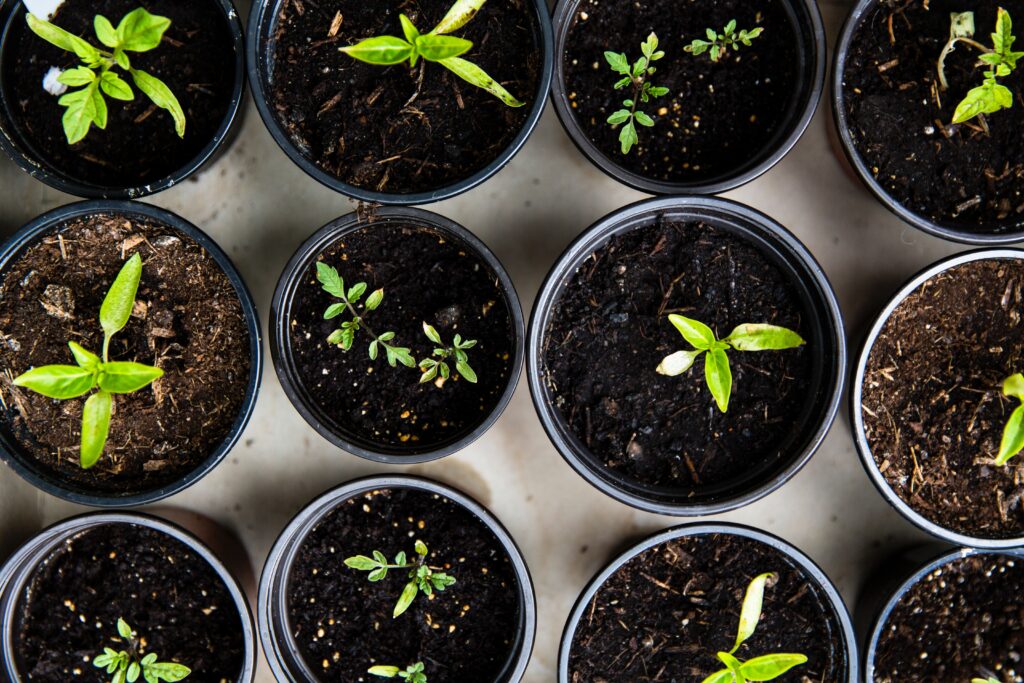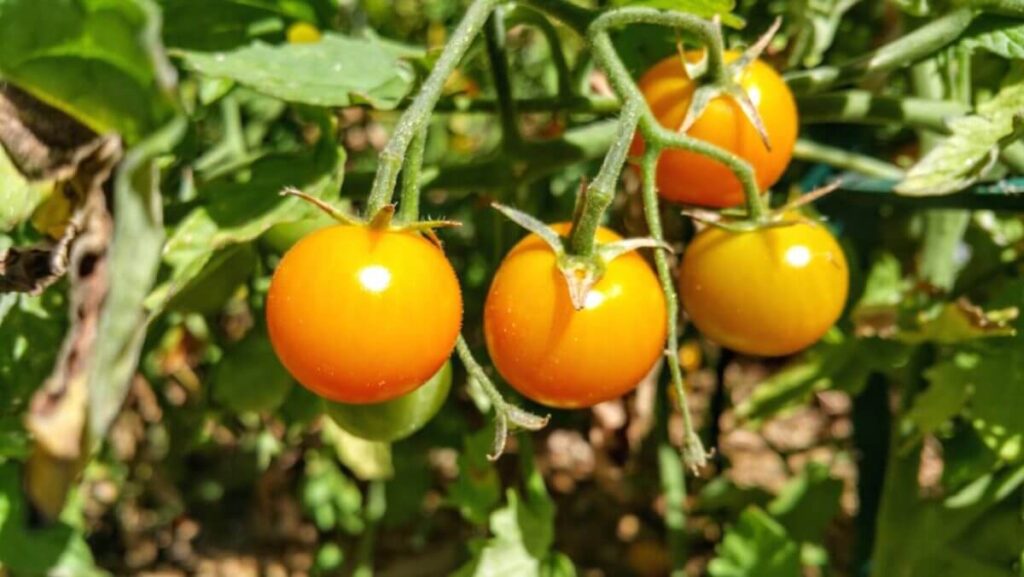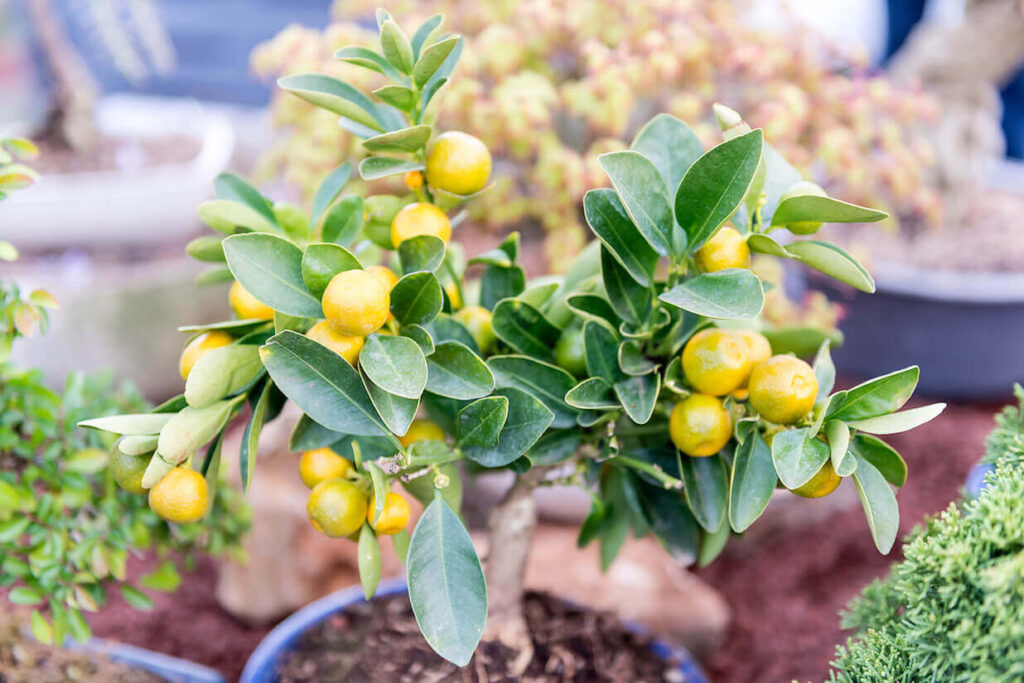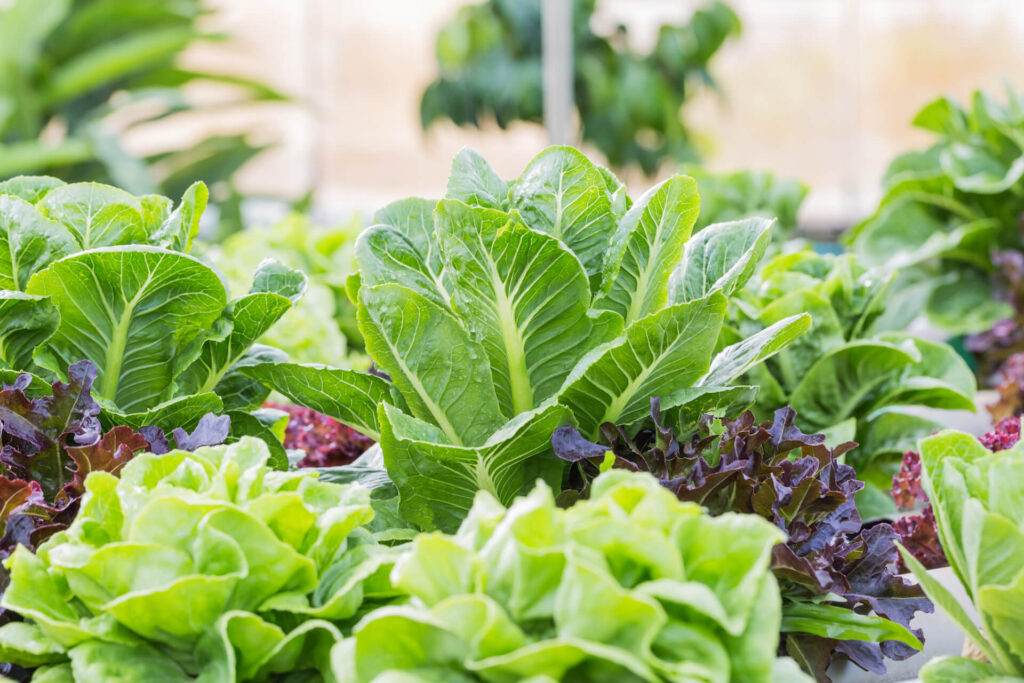For optimal growth and productivity in your flower and vegetable gardens, it’s essential to have healthy and fertile soil. For plants to thrive, they need to have varying levels of 17 essential nutrients. In an ideal world, every garden soil would contain all the nutrients that plants need to thrive, but its balance often fluctuates depending on what it produces and which nutrients are used by individual plants.
Macronutrients vs. Micronutrients
Macronutrients and Micronutrients are the quantities of each nutrient your plants require. Macronutrients, which are needed in greater quantities than micronutrients, are more prominently listed on fertilizer packages.
Macronutrients
Phosphorus, Nitrogen (N), and Potassium are the primary macronutrients. You may also be familiar with N-P-K on fertilizer packaging. Nitrogen encourages foliage growth while potassium is vital for fruit and flower development. Phosphorous supports healthy root development, and boosts flower and fruit production. Other secondary macronutrients that are essential to plant growth include Calcium (Ca), Magnesium (Mg), and Sulfur(S).
These plants are heavy feeders for phosphate:
- Legumes
- Carrots
- Beets
- Tomatoes
- Peppers
- Melons
Calcium helps strengthen plants’ roots and stems and bolster new growth. If your soil is lacking Calcium, you can amend it with bonemeal, limestone, gypsum, or rock phosphate to increase the content of this nutrient in it.
These plants might be more sensitive to calcium deficiencies:
- Broccoli
- Cabbage
- Celery
- Fruit Trees
- Potatoes
- Tomatoes
Magnesium is essential for high-yielding plants as it encourages new flowering and increases soil nutrients. Magnesium can be replenished in soil by amending it with Epsom salt.
Here are some plants that might need extra Magnesium.
- Broccoli
- Cucumbers
- Leafy Greens
- Eggplants
- Squash
- Tomatoes
Micronutrients
Although micronutrients are not as important for plants’ health, they are vital for microbial life and overall plant health. These micronutrients are absorbed by the roots of plants just like macronutrients are. In fact, nutrient deficiency can occur if there is a lack of any of them. Plant micronutrients also include elements such as Boron, Iron, and Manganese.
How to Modify and Retain Macronutrients in Plants vs. Micronutrients
Good, healthy soil is essential for great gardens. To ensure that your garden is healthy and productive, you must maintain a regular schedule for amending the soil.
These are easy ways to ensure your soil thrives:
- Fertilize using a high-quality organic fertilizer that will trace elements and micronutrients, in addition to the main macronutrients N-P-K.
- Make a compost pile that you can use to create fertile soil. Use the composted organic matter, such as grass clippings or tree leaves, to fertilize your garden.
- Use no-till gardening and layer organic soil amendments so that they don’t disrupt the microbial life below. These amendments can be easily moved into the soil by earthworms, ants, and other beneficial microbes.
- Mulch your garden using organic mulch. It will enrich your soil with nutrients and help prevent erosion that can lead to soil and nutrient loss.
- Rotate your crops to help eliminate soil nutrient loss.





